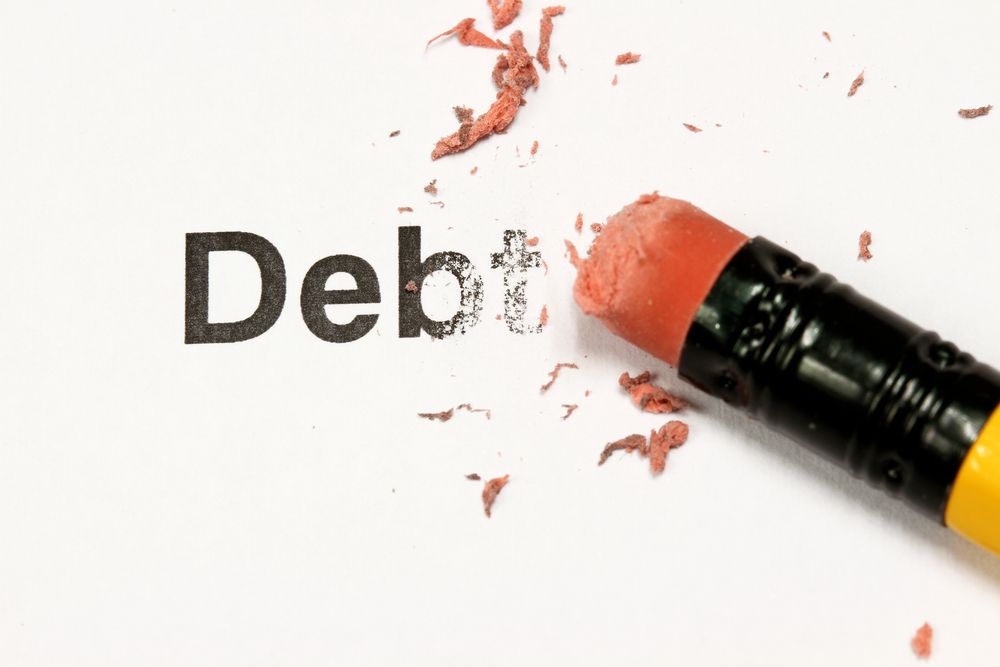
Welcome to the world of financial empowerment, where the mastery of budgeting isn’t just a practice, but an art form. Budgeting is the cornerstone of sound financial management and a life-changing tool in reducing and managing debt. It’s about understanding your finances, making smart choices, and setting the stage for a secure future. So, whether you’re drowning in debt or just trying to avoid it, this guide will walk you through the essential steps to becoming a budgeting maestro.
Understanding Your Financial Landscape
Before you can master the art of budgeting, you need a clear picture of your financial terrain. This means taking a deep dive into your income, expenses, debts, and financial goals. Start by listing all your sources of income, including your salary, any side gigs, and passive income. Next, track your expenses meticulously for at least a month. Categorize them into fixed expenses (like rent or mortgage payments) and variable expenses (such as dining out or entertainment).
The harsh reality of debt should be faced head-on. Compile all your debts, noting their amounts, interest rates, and minimum payments. This will give you a full-scale view of what you’re up against. Finally, outline your financial goals. Are you aiming to be debt-free in five years? Save for a down payment on a house? Understanding your goals will shape your budgeting strategy and give you the motivation to stick to it.
Creating Your Budget Blueprint
With your financial landscape laid out, it’s time to draft your budget blueprint. This is where the artistry comes into play, as no two budgets are alike. Your budget must be tailored to your income, expenses, goals, and personality. Start by prioritizing your spending based on your necessities—housing, food, utilities, and debt payments. Then, allocate funds to your savings goals.
Use the 50/30/20 rule as a starting point: 50% of your income goes to needs, 30% to wants, and 20% to savings and debt repayment. However, if you’re dealing with substantial debt, you may need to adjust this to direct more towards debt reduction. Make sure your budget is realistic and flexible. Life is unpredictable, and your budget should be able to adapt to unexpected changes.
Strategies for Debt Reduction
With your budget in place, focus on strategies for debt reduction. The two most popular methods are the snowball and avalanche methods. The snowball method involves paying off the smallest debts first, while the avalanche method prioritizes debts with the highest interest rates. Choose the strategy that best aligns with your financial situation and psychological needs.
Beyond these methods, consider additional strategies like consolidating your debts or negotiating lower interest rates with your creditors. Every penny saved in interest can be redirected towards paying off the principal faster. Remember, paying more than the minimum payment on debts can dramatically reduce the time it takes to become debt-free.
Living Within Your Means
The true art of budgeting shines when you learn to live within your means. This doesn’t mean you have to live a Spartan lifestyle; it’s about making conscious decisions that align with your financial realities. Distinguish between wants and needs, and be willing to make sacrifices. Avoid the temptation of credit card spending if you can’t pay it off in full each month.
Living within your means may also involve making lifestyle changes. Consider downsizing your living space, opting for a less expensive car, or cutting back on luxury items. Find free or low-cost entertainment options and embrace the joy of saving. Remember, living within your means is not about deprivation; it’s about making empowered choices that lead to financial freedom.
Monitoring and Adjusting Your Budget
The final piece of the budgeting puzzle is monitoring and adjusting your budget as needed. Regular check-ins on your financial status are crucial. Are you sticking to your budget? Have your financial goals changed? Is your debt reduction strategy working? Make adjustments to reflect any changes in income, expenses, or priorities.
Use budgeting tools and apps to streamline the process. They can help you track your spending, remind you of bill payments, and provide an overall picture of your financial health in real time. A budget is a living document, and periodic tweaking ensures it remains effective and relevant.
Mastering the art of budgeting is an invaluable skill that can transform your financial future. By understanding your financial landscape, creating a tailored budget, employing debt reduction strategies, living within your means, and regularly monitoring your budget, you’ll be equipped to manage and reduce your debt effectively. Embrace the budgeting journey as a creative and empowering process, and watch as your financial worries start to fade, making way for stability, security, and peace of mind. Welcome to the art of budgeting—where your financial masterpiece awaits.
